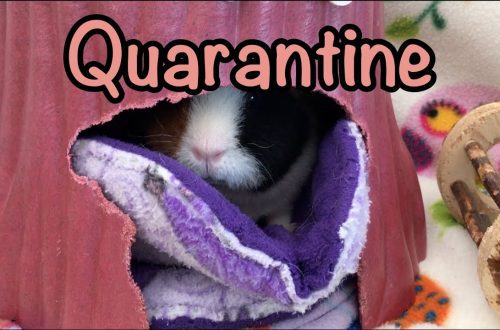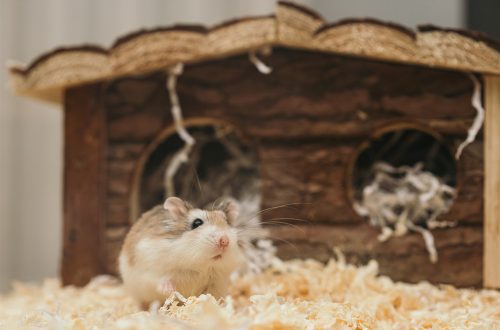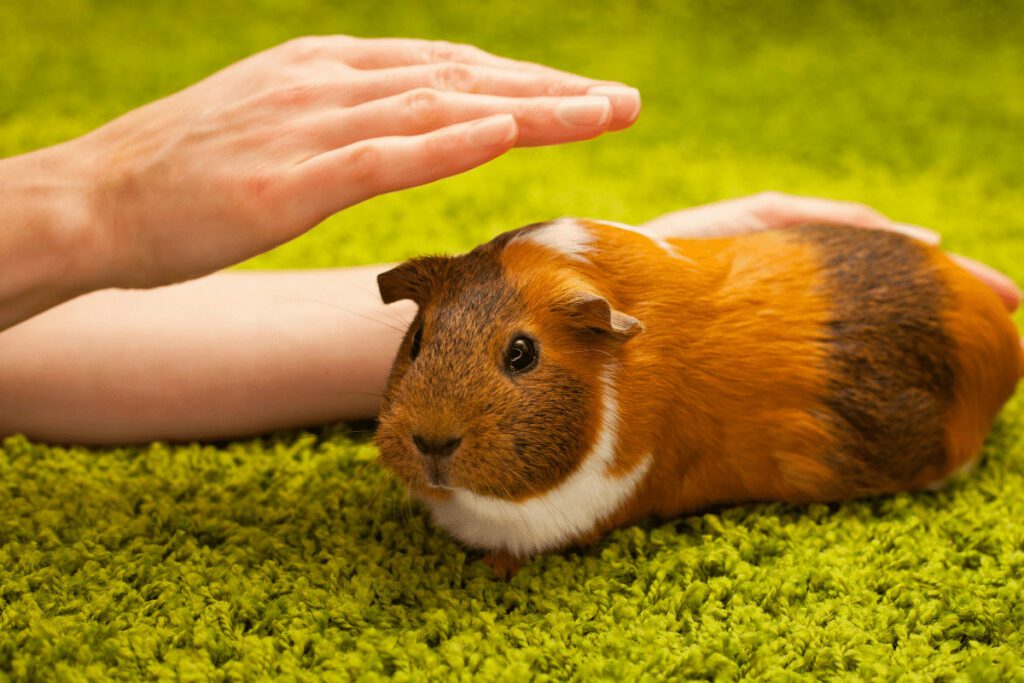
Guinea pig allergy in children and adults: symptoms and treatment
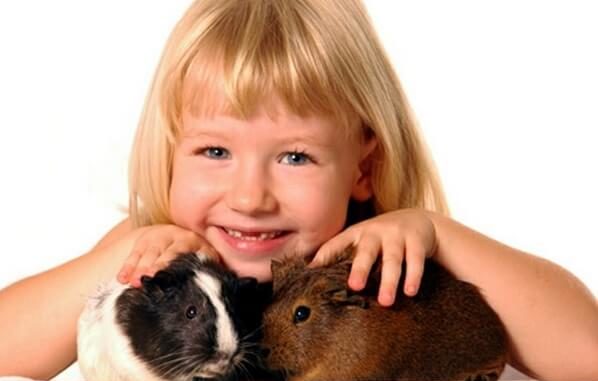
In the process of numerous medical studies, scientists are inclined to believe that the main sources of allergies are pets. Their waste products often play the role of an irritating factor for the human body. An allergy to a guinea pig manifests itself for the same reasons.
Contents
Allergy symptoms in adults
Often the first “bells” are not noticed or they are not paid attention to, thinking that the pigs are not allergenic. But this is far from true.
You should be attentive to your health, otherwise you can bring to the need for emergency assistance. According to medical statistics, mumps is quite allergic.
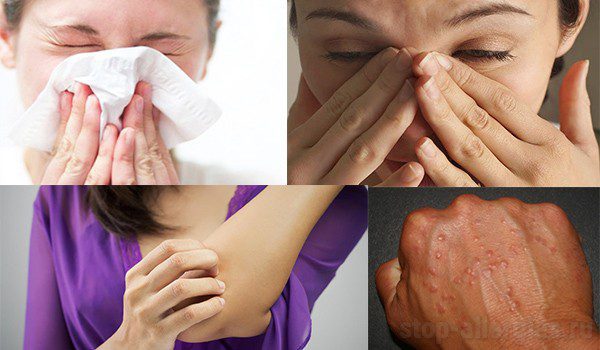
Most often, an allergy to guinea pigs is manifested on the skin, nasal mucosa or eyes, as well as the occurrence of problems with the respiratory system. Clinical symptoms are:
- allergic rhinitis with profuse discharge and nasal congestion;
- there may be swelling of the eyelids;
- redness of the eyes;
- skin rashes;
- itching;
- labored breathing;
- coughing and sneezing.
A symptom of an allergy to a guinea pig can be one or a combination of several, they appear on the first day of contact with a rodent. Also, such a reaction happens not only to the animal itself, but also to the objects that it touched. For example, sawdust in a cage, bedding.
How does rodent allergy manifest in children?
Clinical symptoms in children are the same as in adults. The only difference is that babies endure it harder.
Severe rhinitis is a frequent manifestation. It is also called “Hay Fever”. A large amount of mucus is discharged from the nose, breathing is difficult. There may be itching and discomfort in the eye area. Allergies can be immediately identified by the absence of cold symptoms: temperature and muscle pain.
Parents should be careful. It often happens that after visiting friends who have a funny pig, a child comes with a request to get the same cute friend. Notice if there are any reactions. Allergies can occur after someone else’s guinea pig for several days. This is a signal to find out in a timely manner before acquiring an animal, whether there is a predisposition to allergies in a child.
What causes allergies
It is often believed that guinea pig hair is to blame. But this is a delusion.
The most important allergen that provokes allergic manifestations is dead particles of rodent skin.
Animal secretions, such as urine and saliva, also often cause allergies. Pig skin microparticles react chemically with human skin and also irritate the respiratory tract. It’s all about the allergen called “immunoglobulin E6”, which is produced in the epithelium of the animal. Allergic manifestations occur with increased production of histamine.
Is it possible to cure allergies and how
Allergy treatment should not be delayed. Symptoms may increase, and there is a possibility of complications in the form of severe shortness of breath. Unfortunately, if a certain allergen is present in the body, then it is no longer possible to get rid of it, only unpleasant symptoms can be removed. So what to do?
First of all, contact with the animal and with all objects that it touched is excluded. Next, the allergist prescribes tests and skin tests.
Allergies are treated with antihistamines. They are practically safe and have minimal side effects. These drugs are used to relieve symptoms in adults and children. Unpleasant manifestations are eliminated in a fairly short time.
The most effective medicines:
Xyzal
The tool quickly removes the manifestations of allergic urticaria, Quincke’s edema. Children can be taken from the age of two. Of the contraindications, only the period of pregnancy.
Zirtek
It is convenient because it is available not only in tablets, but also in drops. Babies can be from six months. Copes with conjunctivitis, urticaria, anaphylactic shock, allergic cough and sneezing, runny nose, nasal congestion.
Elzet
Effectively and quickly copes with rhinitis and allergic edema. Accepted strictly from the age of six.
What is important, when taking there is no sedative manifestations.

Erius
Produced in the form of syrup and tablets. This is convenient for the use of the drug by infants. There are no sedative manifestations.
Has a quick effect. Of the contraindications, only individual reactions to the non-acceptance of certain components by the body can be noted.
Telfast
When using the drug, the production of histamine is blocked. Can be taken from the age of twelve. Rarely, but there are side effects in the form of: migraines, drowsiness, disorders of the gastrointestinal tract.
After the irritating factor is eliminated and the drugs are drunk, the allergy recedes. In rare cases, you have to additionally apply hormone therapy, along with creams and ointments, to eliminate skin lesions.
Is it possible to leave a pet if allergic manifestations are not strong
It happens that the pet managed to take root, and only then it turns out that one of the family members has an allergic reaction to the rodent. May be weak, but it exists. For example, in the form of mild nasal congestion. How to proceed in this case. Should you part with your pet?

In such cases, the rodent can be left. But there are a number of rules and recommendations, the implementation of which will help to avoid more serious manifestations:
- be sure to carry out daily wet cleaning of the house;
- prevent dirt in the cage and regularly sanitize it thoroughly;
- clean the cage with gloves;
- wash hands thoroughly after cleaning, and change clothes for clean ones;
- protect from frequent personal contact with the pet of a family allergy sufferer Not everyone will follow this advice, but this is an effective way to prevent allergic reactions. If an allergic child wants to cuddle a pig, then before that he should put on an individual gauze bandage or mask;
- A guinea pig should not be kept in the bedroom;
- do not let the animal run on upholstered furniture;
- purchase an air purifier or air filter that will reduce the level of concentrated allergen.
It is very important to find out: an allergy to an animal or to food. Thus, when it is replaced, the problem will be resolved.
Recommendations Before Purchasing a Guinea Pig
Before you get a pet, you should find out if you are allergic to wool, sawdust, any types of feed that are eaten by a rodent.
If, nevertheless, there is a susceptibility to allergic manifestations, then it is better not to risk it. Otherwise, soon the animal will have to look for a new owner. This is unnecessary stress for both the rodent and the unfortunate breeder.
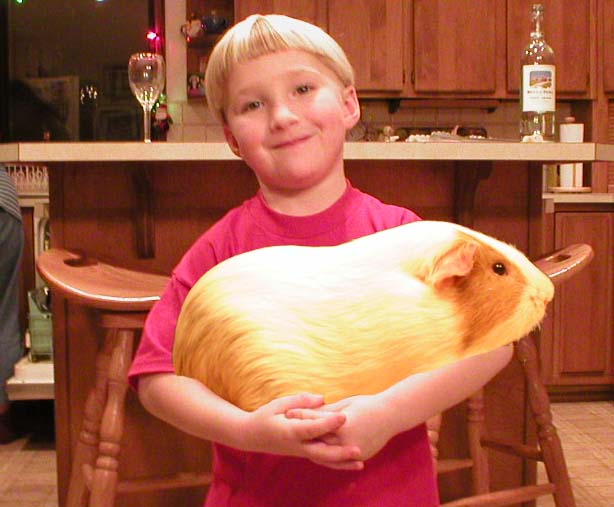
Another important point: if a baby is expected in the family, then it is worthwhile to start a rodent – an allergy to guinea pigs often makes itself felt during the period of bearing a baby.
Chronic allergy sufferers have a special warning: close contact with this animal can lead to serious complications, which will subsequently take a long time to be treated. Therefore, you should seriously and responsibly approach the issue of acquiring a guinea pig, since if the body reacts negatively, all the joy of communicating with a smaller friend will be spoiled.
Video: guinea pig allergy
How to identify and treat a guinea pig allergy
2.9 (57.93%) 29 votes



